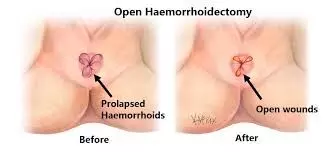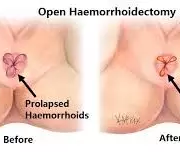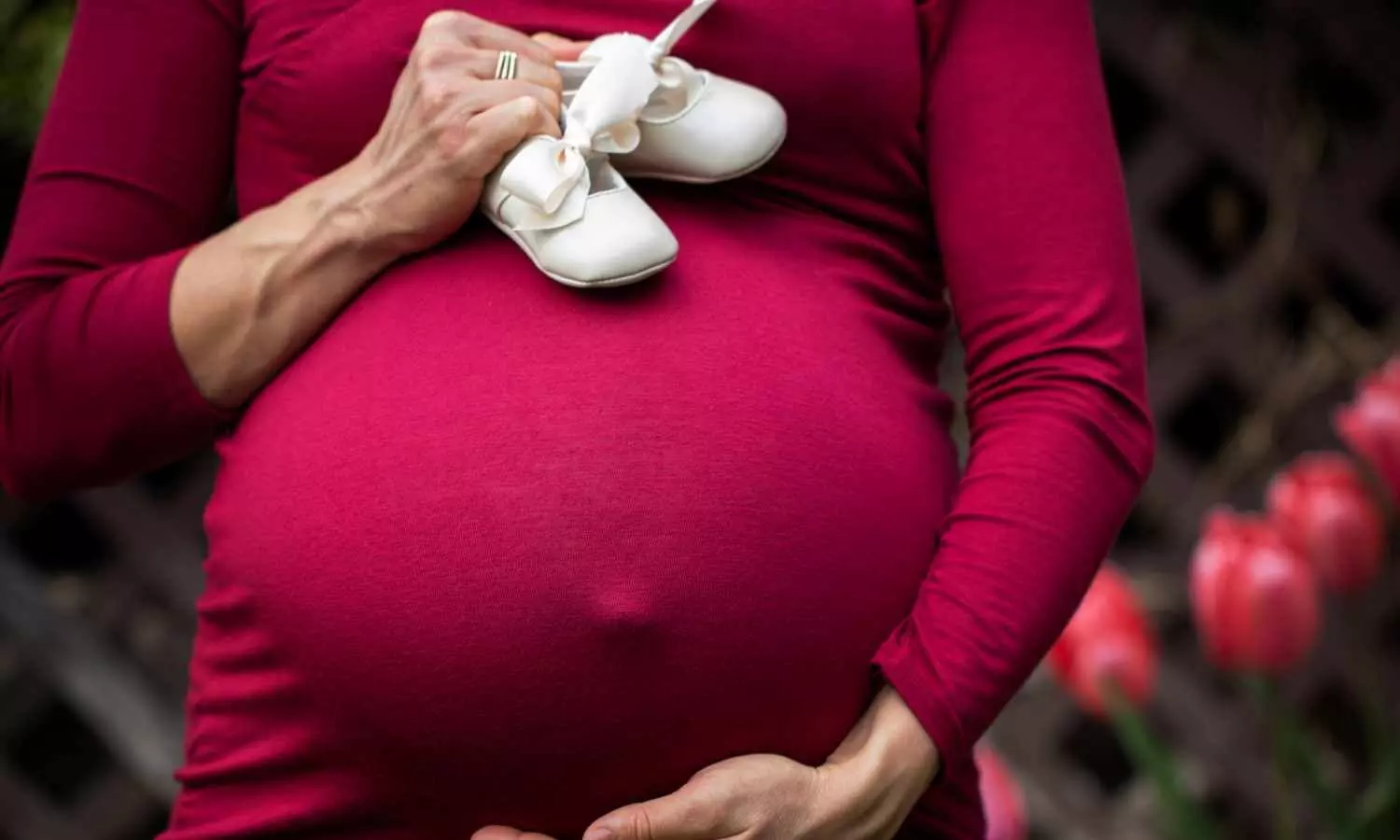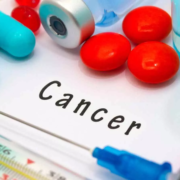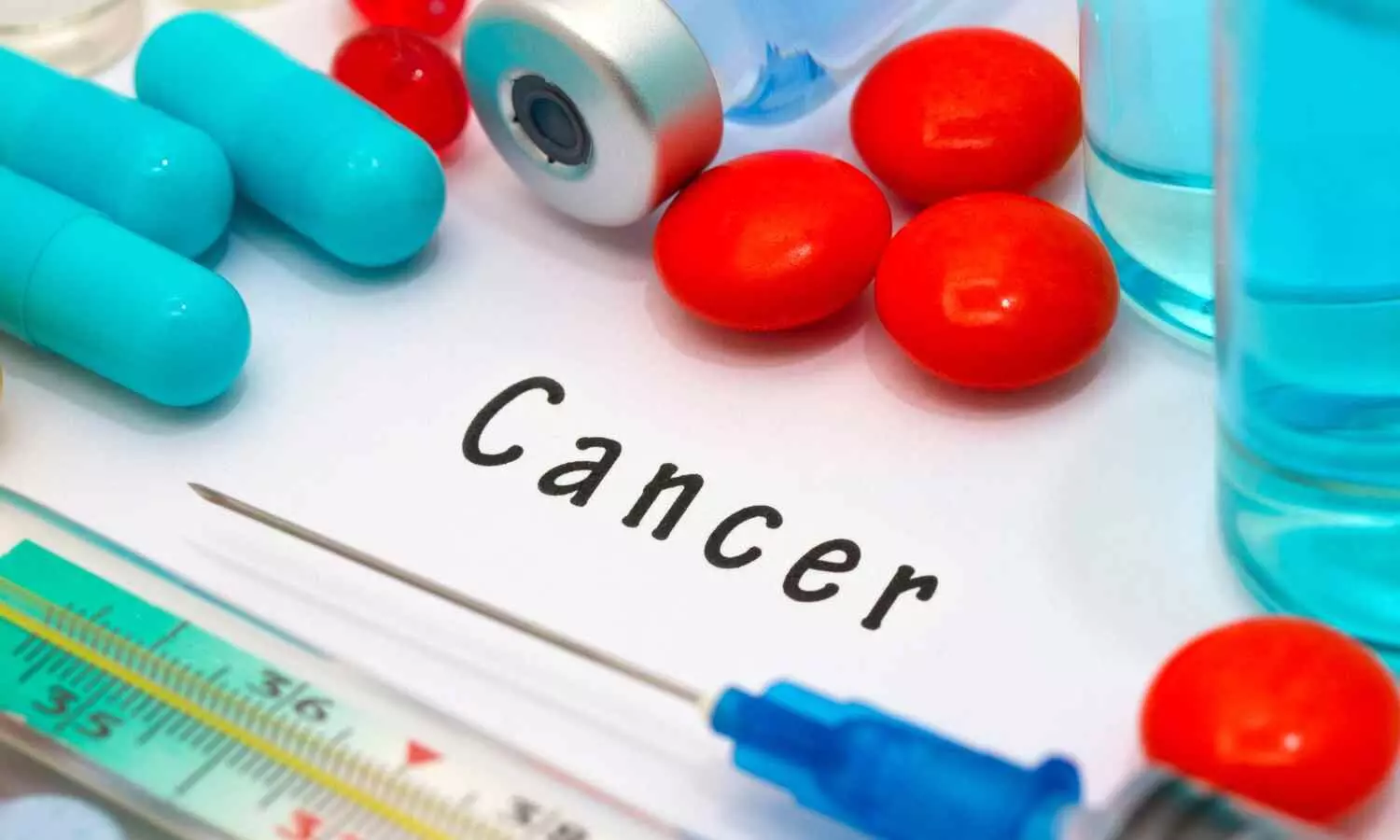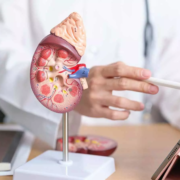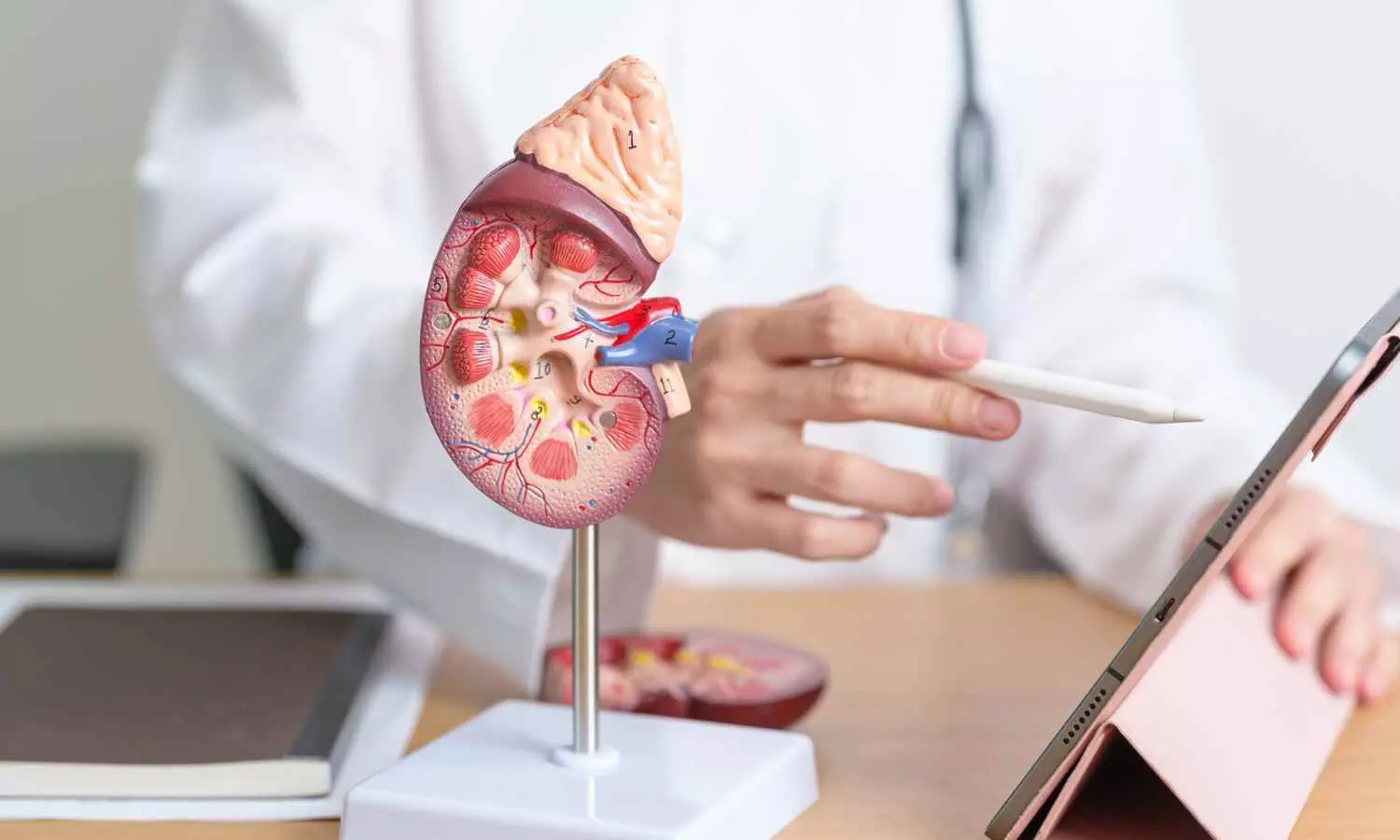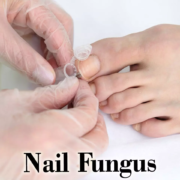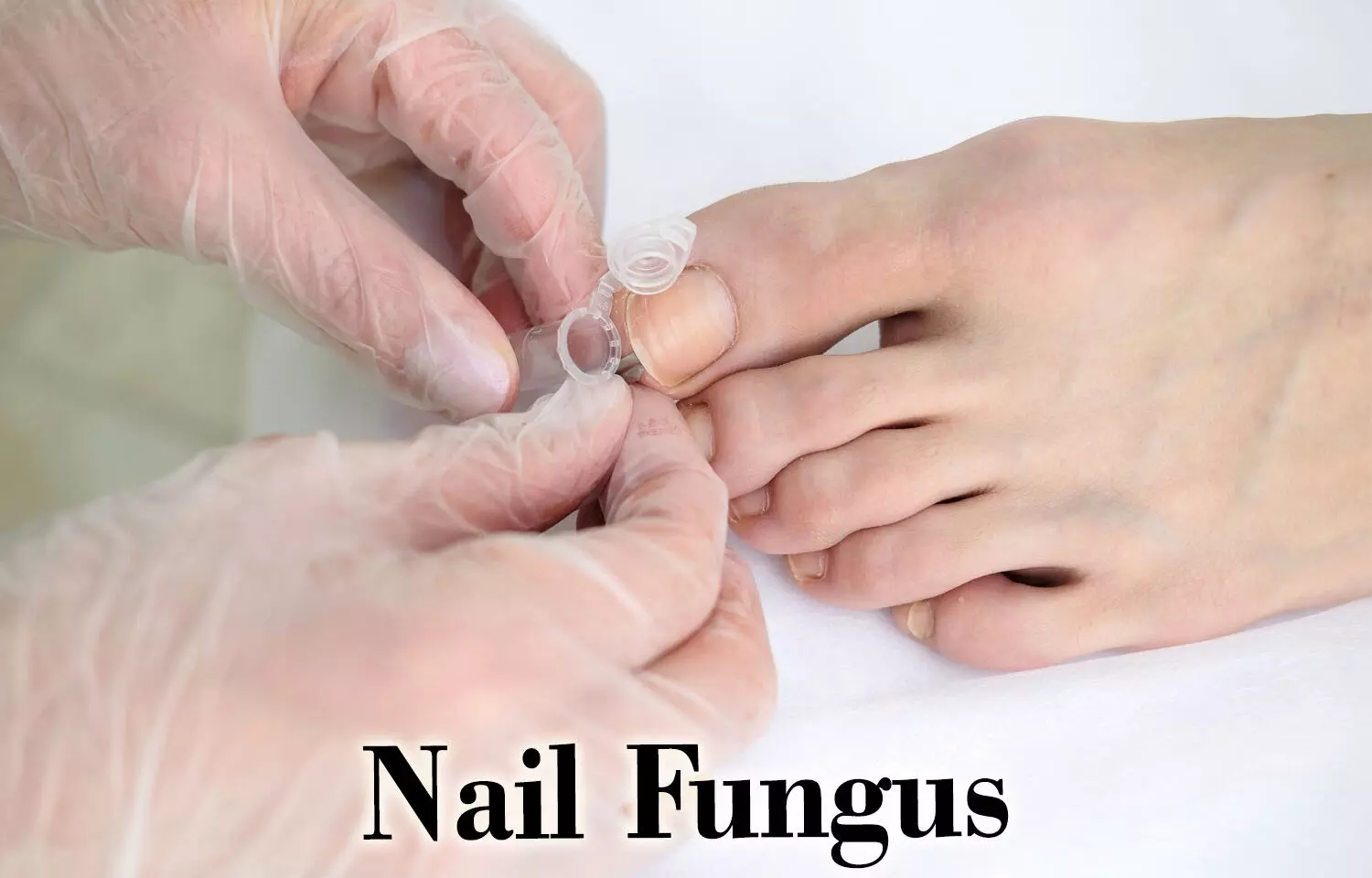
Hyderabad: MBBS interns from several private medical institutes in Telangana have alleged receiving threats from college managements with academic repercussions if they continued to raise concerns over unpaid or delayed stipends.
It has been alleged that the private medical colleges have warned of denying internship completion certificates to the MBBS interns. Without the internship certificates, these interns will not be able to appear in the National Eligibility-Entrance Test Postgraduate (NEET-PG) 2026 examination.
Medical Dialogues had earlier reported that the intern doctors at the private medical colleges in Telangana had been protesting against the non-payment of the rightful stipend for the last three months.
As per a 2023 Government Order, the MBBS interns across both private and government medical colleges in Telangana need to be paid Rs 25,906 per month. Medical Dialogues had earlier reported that recently, the Telangana Government announced a 15 per cent stipend hike for MBBS interns and doctors pursuing post-graduate and super-speciality courses in medicine and dentistry in government institutes across Telangana.
Due to the new Government Order issued on June 28, 2025, the monthly stipend for the house surgeons (medical and dental) was increased from Rs 25,906 to Rs 29,792. However, the MBBS interns at the private medical colleges in Telangana have been alleging that the institutes have been paying them meagre stipend- as low as Rs 2,000 per month.
Also Read: Medical College Suspends 64 MBBS Interns who protested Against Non-Payment of Stipend
Earlier, the authorities at the Chalmeda Anand Rao Institute of Medical Sciences (CAIMS), a private medical college based in Karimnagar, Telangana, had suspended 64 MBBS interns at the medical college for a week for allegedly blocking the vehicles during a protest on the campus. While the medical college alleged that the action was taken based on the findings by a disciplinary committee, the students had claimed that it was a retaliatory move against the protest.
As per the latest media report by The Hindu, the MBBS interns at several private medical colleges in Telangana have alleged being threatened with academic repercussions if the students continued to protest over the stipend issue. At Patnam Mahender Reddy Institute of Medical Sciences, students claimed that the college had warned them not to pursue the stipend issue further.
Commenting on the matter, an intern from the medical college told The Hindu, on the condition of anonymity, “They told us that if we raise it again, we will not be given our internship completion certificate when we pass out. Without that, we cannot appear for NEET PG.”
Even though the college recently credited Rs 28,500 to the accounts of the intern doctors (Rs 25,500 as stipend for three months and Rs 3,000 as reimbursement for scrubs), the students said that the stipend amount of Rs 8,500 per month was never officially acknowledged by them. The students are also uncertain about the future payments.
At Chalmeda Anand Rao Institute of Medical Sciences, the current batch of MBBS interns has not received any stipend since the commencement of their internship on April 21.
While previous batches received Rs 2,000 per month, the students claimed that management did not made any payments and did not clarify regarding a revision as well.
Speaking to the Daily, an intern, who was among the 10-15 students to submit a written complaint to the State Vigilance Committee, said, “They asked us to open bank accounts, but have not credited a rupee.”
“I have paid ₹3 lakh over five years as an ‘A’ category student, in addition to ₹5,000 per year towards a ‘stipend fee’ that was collected along with tuition. Still, we are being denied any stipend,” an MBBS intern from Hyderabad said.
As per the Daily, some private medical colleges have reportedly agreed to hike stipends to Rs 7,000 to Rs 10,000 per month. However, the implementation remains patchy.
Meanwhile, taking note of the complaints from students, the State government has initiated a State-wide vigilance inquiry into these private medical colleges, The Hindu has reported.
Confirming this, a senior Health Department official said that the decision was prompted by internal assessments revealing that over half of the 29 private medical colleges in the State had submitted fabricated information in response to official notices.
Issuing these notices, the State sought detailed explanations on 17 parameters, including stipend disbursement, patient care quality, faculty, availability, clinical infrastructure, biometric attendance systems, and the constitution of key regulatory committees within institutions.
Commenting on this, the official said, “Only four colleges were found to be compliant with the prescribed norms.” Further, the official added that responses received from the remaining colleges were found to be unsatisfactory and misleading.
According to the official, the findings reflected a broader pattern of institutional neglect, where both undergraduate and postgraduate students are being denied stipend and the students are being made to train in substandard clinical environments.
Some of the PG students deposed before vigilance authorities highlighting troubling revelations. In one such instance, an inspection at a private medical college in Suraram exposed severe discrepancies in stipend disbursal and academic governance, prompting the State to widen the probe and initiate raids across other private medical colleges.
Following this, the State issued directions to Kaloji Narayana Rao University of Health Sciences (KNRUHS) to begin formal proceedings against defaulting institutions. The probe revealed that several medical colleges failed to adhere to the National Medical Commission (NMC) norms. Further, it revealed that mandatory bodies such as anti-ragging committees, internal complaints committees to address sexual harassment, hospital infection control teams, and standard diagnostic services, including X-rays, CT scans, MRIs and lab facilities, were either absent or non-functional in many institutions.
Meanwhile, the NMC Chairman, during a recent visit to Hyderabad, reiterated that stipend payment is non-negotiable and binding for all institutes.
Commenting on these developments, the health department official warned, “If colleges are found guilty of persistent violations, they could face cancellation of their affiliation certificates by KNRUHS, and the Essentiality Certificates granted by the State. This, in turn, could prompt the NMC to withdraw their operational licences entirely.”
Also Read: Telangana Stipend row: Medicos allege retaliatory suspensions, doctors body seeks NMC intervention
